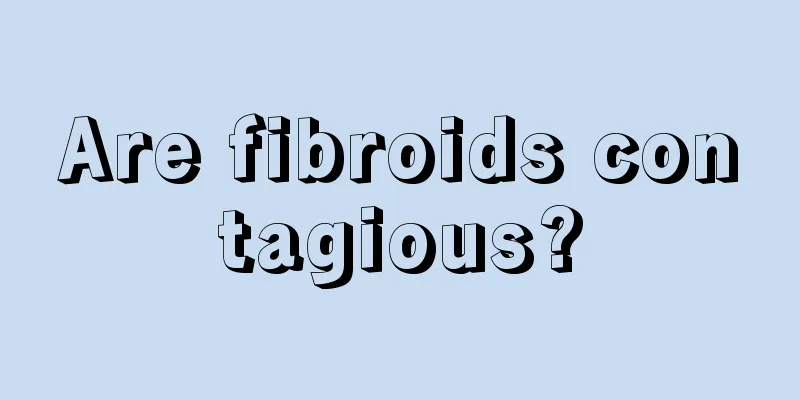Which disinfectant is better for hand, foot and mouth disease?

|
Hand, foot and mouth disease is a common disease in daily life. It usually occurs in children and is an infectious disease. Daily disinfection is a critical part for people with hand, foot and mouth disease. There are many kinds of disinfectants, such as bleaching powder, ultraviolet light, etc. Children’s toys also need to be disinfected, which can be done by soaking in potassium permanganate solution. What disinfectant should I use for hand, foot and mouth To prevent hand, foot and mouth disease, every corner of the home must be strictly disinfected. If the drinking water at home is contaminated with enterovirus, both adults and children are at risk of developing hand, foot and mouth disease after drinking it. You can add about 1 mg of chlorine-containing disinfectant per liter of water, such as bleaching powder, chlorine-free, etc., and let it sit for 30 minutes before heating it for drinking. Daily necessities in the home also need to be disinfected, such as daily necessities, children's books and toys, and commonly used means of transportation, which may contain many viruses. They should be wiped with chlorine-containing disinfectant and left for 30 minutes to disinfect. They can also be disinfected with ultraviolet light for 30 minutes. Domestic waste can easily breed viruses and bacteria, so chlorine-containing disinfectant can be sprayed for 2 hours. Domestic sewage also contains many enteric viruses. 50 mg of chlorine-containing disinfectant should be added to every liter of domestic sewage for 2 hours. If a child has hand, foot and mouth disease, his feces needs to be disinfected by mixing quicklime in a certain proportion, and the container holding the excrement also needs to be sprayed and disinfected with chlorine-containing disinfectant, otherwise the virus will remain and be transmitted to others. The patient's clothing and sheets should be disinfected by boiling them in a chlorine-containing disinfectant for 20 minutes or exposing them to the sun. When getting up every day, parents should check their children's bodies to see if they have fever symptoms or herpes on the oral mucosa. Once suspected symptoms are found, the children should be isolated immediately and seek medical treatment in time. Nursing care for children with hand, foot and mouth disease 1. Pay attention to disinfecting children’s daily necessities, especially those related to eating. There are also some frequently touched places that cannot be ignored. 2. As long as the baby does not have a fever, outdoor activities can be carried out. Places with plenty of sunshine and fresh air are very suitable for sick children to relax, but try not to go to crowded or unventilated places to avoid cross infection or bringing the virus to other people. 3. Always have normal saline solution on hand and use it to rinse your baby's mouth before and after eating. If your baby is too young to rinse his mouth, use a medical cotton swab dipped in normal saline to gently wipe the affected area. When preparing food for children, you should also try to avoid spicy, cold, difficult to digest, and difficult to chew food. The food should be mild and delicious to avoid irritating the affected area. 4. If there is more than one child in the family, the sick child and healthy babies must be separated. 5. Keep the air in the house circulating. Do not invite others to visit your home while the child is sick. Fathers should also try not to smoke at home to prevent air pollution. 6. Do not wrap the baby's clothes too tightly. Underwear must be soft and comfortable, changed and washed frequently, and then exposed to the sun. The same applies to mattresses and quilts. 7. The baby's feces should be dealt with in time, especially the feces remaining on the buttocks should be cleaned up to keep the buttocks clean and hygienic. 8. If your child's rash triggers a new infection, apply some 1% gentian violet. |
<<: What is the function of microcrystalline cellulose?
>>: What happens if you mix disinfectant and toilet cleaner?
Recommend
What are the effects of pig bud grass
Pigweed is a wild herb that grows in many places ...
Does black bean contain high estrogen?
Black beans are a common type of bean in our dail...
How about buttock augmentation with autologous fat transplantation?
The perfect S-shaped curve has always been the go...
How to remove scale from an electric kettle
Many people have always wanted to know how to qui...
What is the principle of saccharifying fish bones
Many people like to eat fish. Fish is high in pro...
Causes, inspection methods and relief methods of cervical stiffness
Cervical stiffness is a very common disease, espe...
What is the most effective way to treat stiff neck?
Usually, if you have a stiff neck, your neck will...
What to do if the mattress gets menstrual blood
Many women feel irritable during menstruation. Th...
What are the dangers of turning lime into eggs?
Preserved eggs are a delicious delicacy with high...
Can gastritis cause a pale face?
The existence of various stomach diseases has a g...
Commonly used traditional Chinese medicines for the treatment of advanced gliomas
Glioma is a brain tumor disease that is generally...
Recovery after anal fistula surgery
Anal fistula is a very common anorectal disease. ...
Diagnostic methods for prostate cancer recurrence What to do if prostate cancer recurs
How to diagnose the recurrence of prostate cancer...
What are some ways to relieve cervical pain?
Nowadays, people are under great pressure in life...
Glucosamine hydrochloride capsules
Medicine is very common, and different medicines ...









